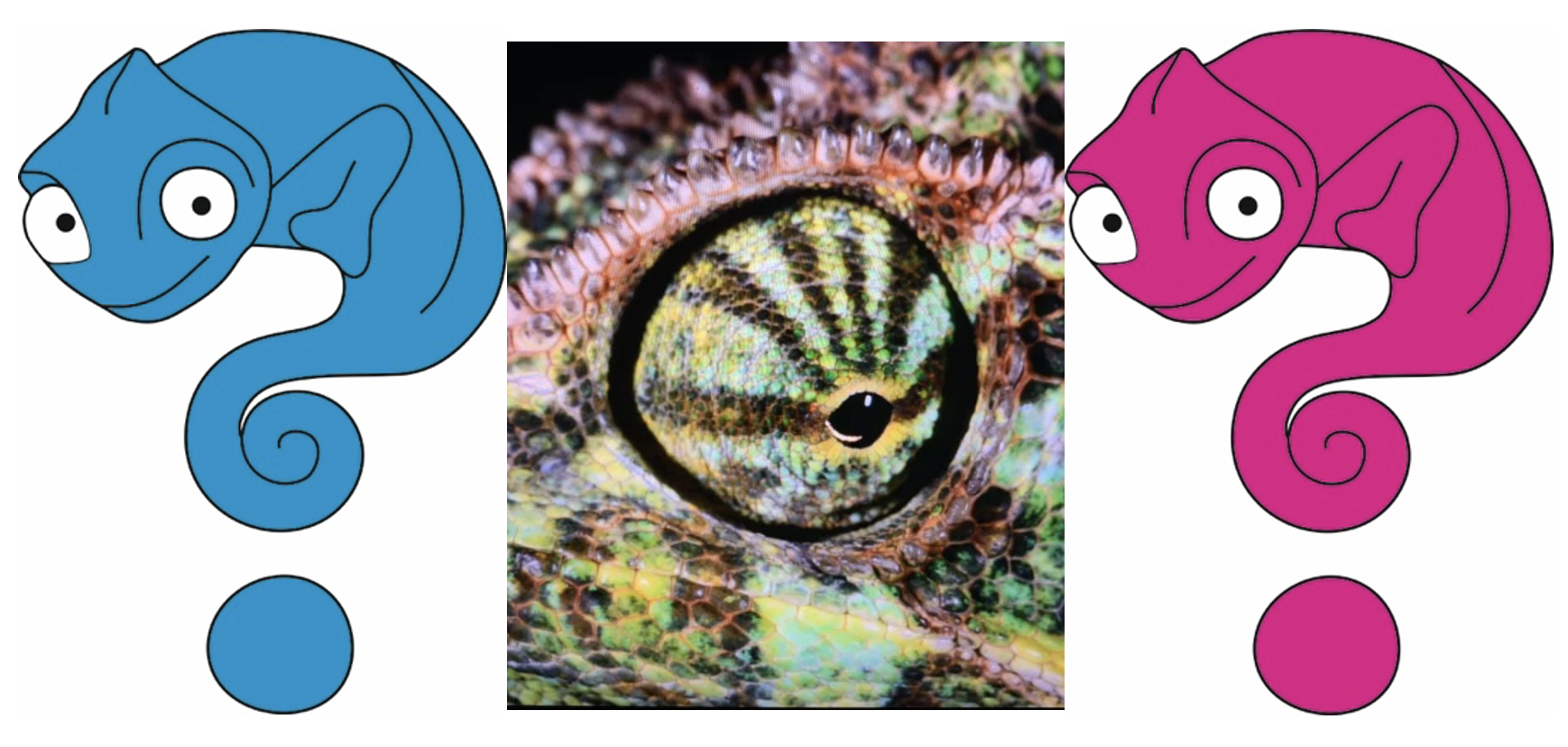Myth 52: “Sunken Eyes Are a Reliable Sign of Dehydration”

Mistake: It is a common belief that heavily dehydrated chameleons have eyes sunken deep into their eye sockets. And this is true. But the reverse belief—that any chameleon with sunken eyes is dehydrated—is false in the vast majority of cases.
Why This Myth Is Dangerous
You'll hear it everywhere: "His eyes are sunken—he's dehydrated!" "He's ill!" People shout from all corners, often with good intentions but poor understanding.
Yes, severe dehydration will almost always result in sunken eyes. But sunken eyes alone do not mean dehydration.Chameleons retract their eyes for many reasons—some passive, some deliberate.
When Sunken Eyes Do Not Mean Dehydration
Chameleons can retract their eyes deep into the sockets due to:
Passive Retraction (involuntary):
Ophthalmic disease
Respiratory infection
Temporal gland inflammation
Parasites
Overheating
Sleep (especially head-up position)
General discomfort or illness
Proactive Retraction (voluntary):
Stress
Combat or defensive posture
Tongue retraction during feeding
Antipredatory behavior
So yes—it's entirely possible for a chameleon with sunken eyes to be perfectly healthy. In fact, this is the case most of the time.
What You Should Look For Instead
If you suspect dehydration, look for multiple signs together, such as:
Loss of skin elasticity
Prominent ribs, extremity bones, and vertebrae
Over 60% orange crystalline urates compared to white ones
Dry mucous membranes in the mouth
Dry, partially closed eyes
Lowered activity and mobility
Extreme light weight
Weakness or lethargy
Only when several of these signs are present should you take hydration measures.
Chameleons can shift eye posture in seconds—from bulging to sunken, from normal to exaggerated—depending on mood, environment, or threat.
The Bottom Line
Chameleons are masters of disguise. They fool us constantly. It's in their nature to pretend what is not reality.
So don't get tricked by a notorious liar's eyes. When assessing a chameleon's health, look at the eyes last, not first. Start with hydration history, behavior, weight, skin, and urates. Only then should you interpret the eyes—and even then, with caution.
Happy Ending
Understanding the full picture means you won't overreact. You won't misdiagnose. You won't drown a healthy chameleon in unnecessary hydration. And you won't miss the real signs when something is wrong.